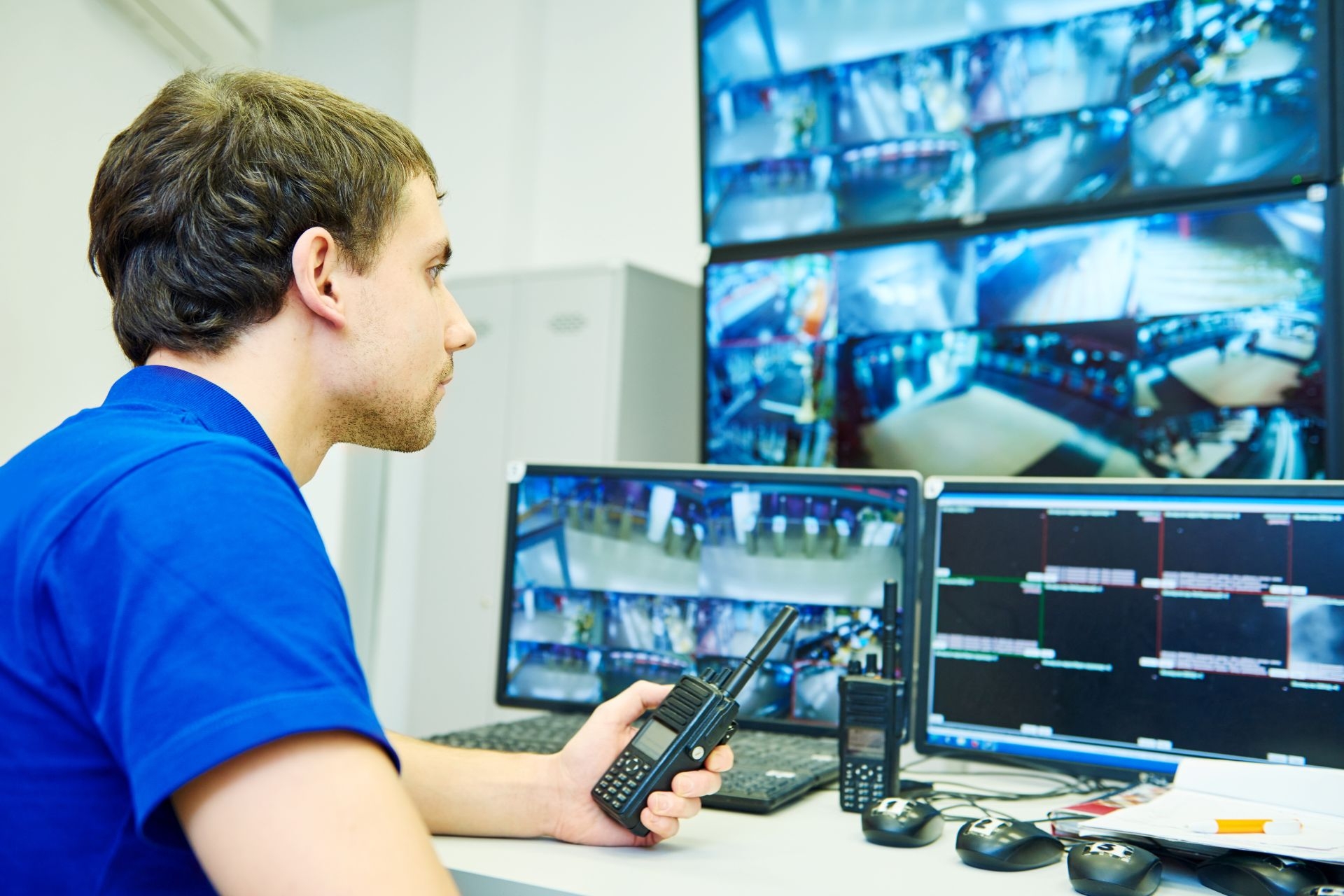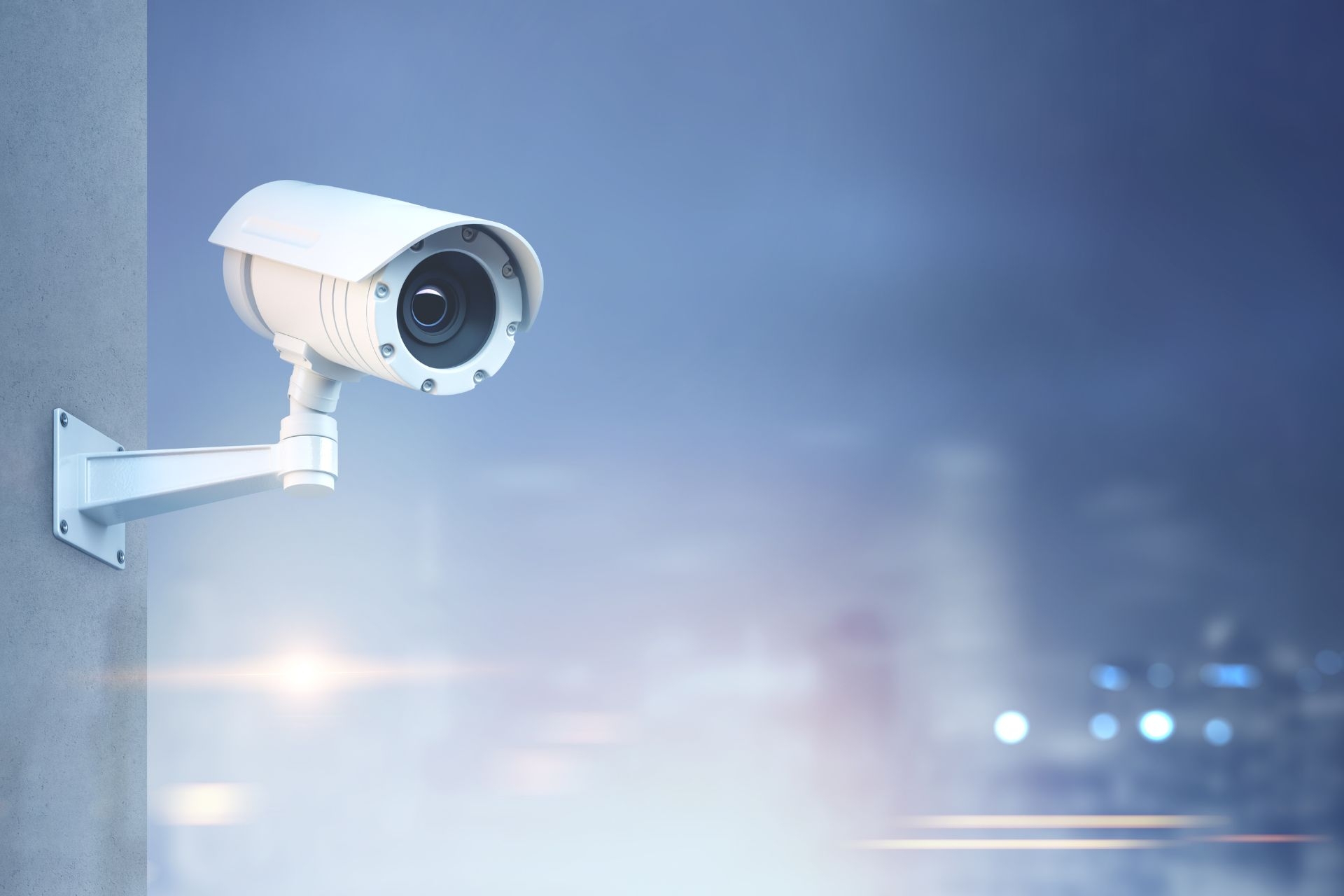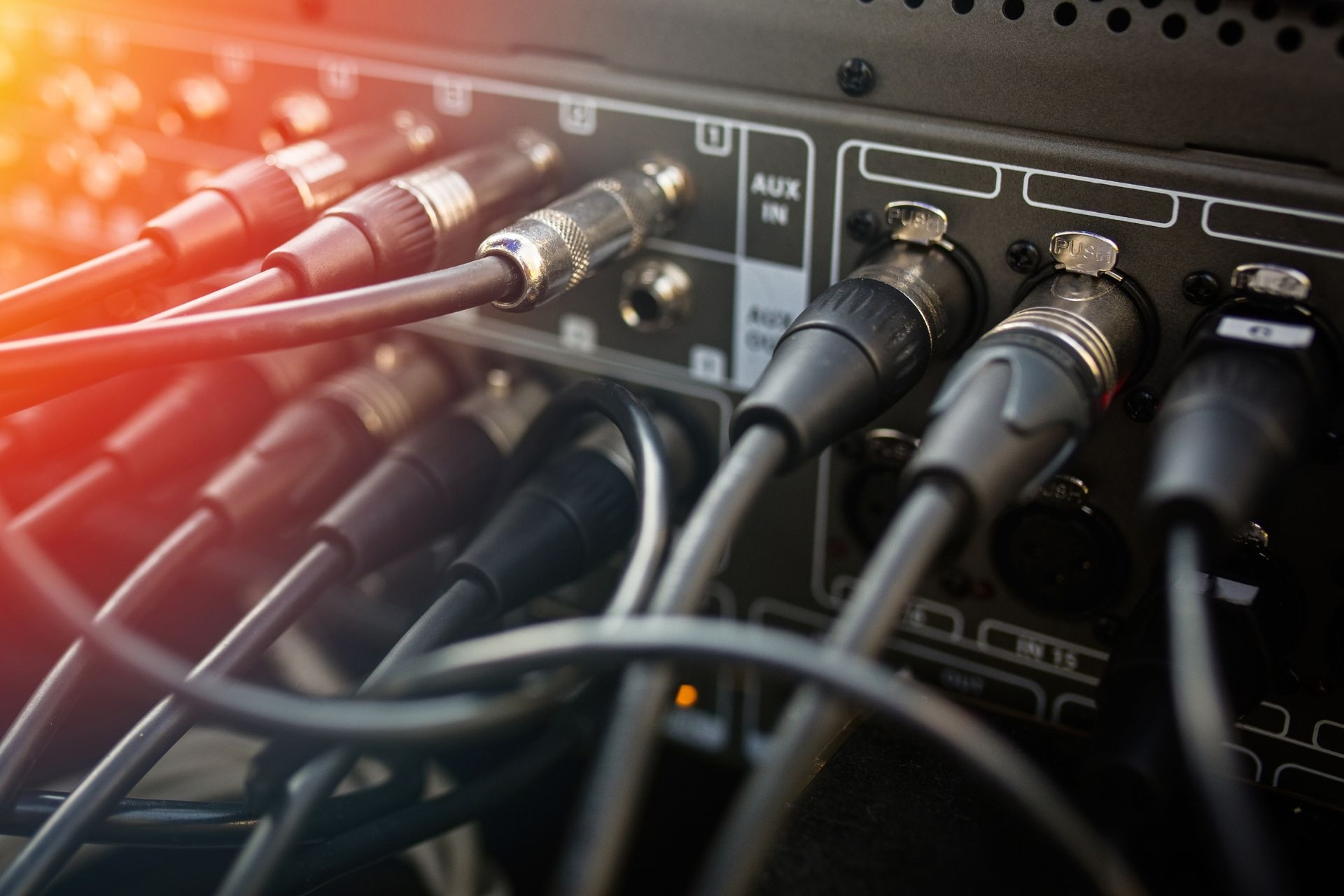Retail EAS Integration Cameras
How can retail EAS integration cameras help prevent theft in stores?
Retail EAS integration cameras play a crucial role in preventing theft in stores by providing an additional layer of security. These cameras are strategically placed throughout the store to monitor customer activity and detect any suspicious behavior. By integrating with Electronic Article Surveillance (EAS) systems, these cameras can help identify potential shoplifters and deter theft before it occurs. The presence of these cameras serves as a deterrent to would-be thieves and helps store owners and security personnel to quickly respond to any incidents of theft.



